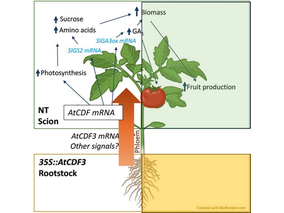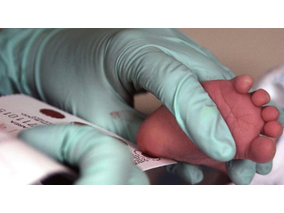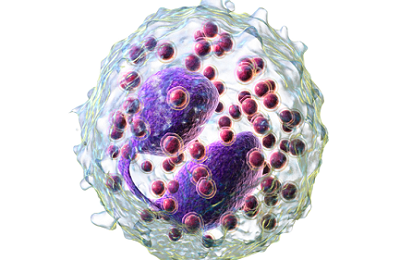A study evaluating the immunogenicity of tumour cells after they have been irradiated with the alpha particle emitter bismuth-213 (213Bi) showed resistance to further tumour challenge. The study, performed in cooperation with five research organisations, used a vaccination approach, i.e. the tumour cells were irradiated with alpha radiation in vitro, and subsequently injected into mice.
After certain time intervals, “vaccinated” as well as untreated animals received injections with live carcinoma cells. The vaccination with 213Bi irradiated tumour cells protected mice against recurrence. 88% of the vaccinated animals survived the injection of live tumour cells, compared to 16% of animals in the control group. This protection was also observed in all the surviving animals subjected to a second challenge with live tumour cells two months after vaccination.
Alpha emitters are ideal for killing of tumour cells due to the specific characteristics of alpha radiation (high energy and short path of less than 0,1 mm in human tissue), and their effect is less dependent on dose rate, tissue oxygenation or cell cycle status than the conventionally used gamma and X-rays.
Several studies have shown that alpha irradiation can overcome resistance to chemotherapy and conventional radiation therapy. But so far, no investigation has been undertaken to analyse the impact of alpha particles on the immune system.
These results demonstrate that alpha therapy can activate an immune response against tumours and produce a lasting anti-tumour protection. In patients this may translate to a lower probability for tumour recurrence, which adds to the direct cytotoxic effect of targeted alpha therapy on tumour cells.

The research team observed changes in head circumf...

AtCDF3 gene induced greater production of sugars a...

Un estudio con datos de los últimos 35 años, ind...

En nuestro post hablamos sobre este interesante tipo de célula del...

La revista ‘Nature Protocols’ selecciona esta técnica como “pro...
Biotechnology portal in Spain
Subscribe to our newsletter and stay up to date with the latest news and deals!
2013 © Biotech-Spain.com - Site Developments SL. All Rights Reserved. Terms of Service | Privacy Policy
Articles
Directory
